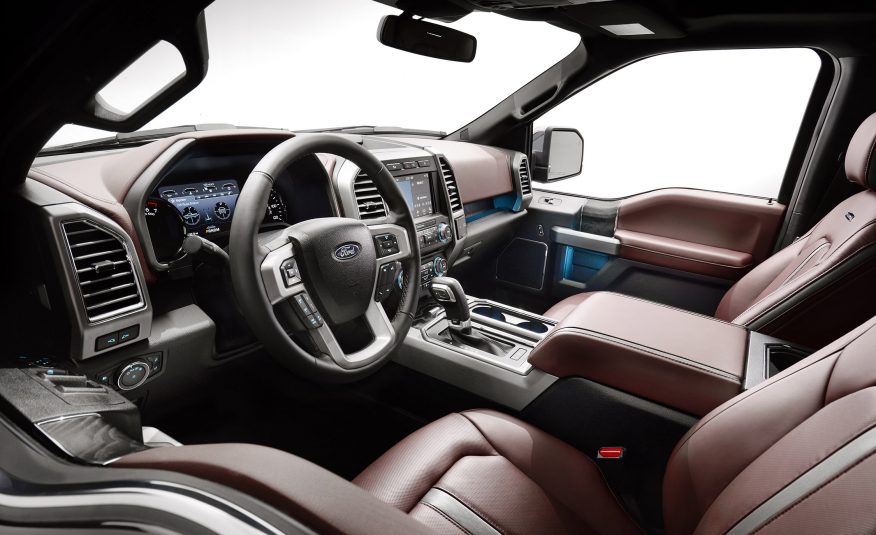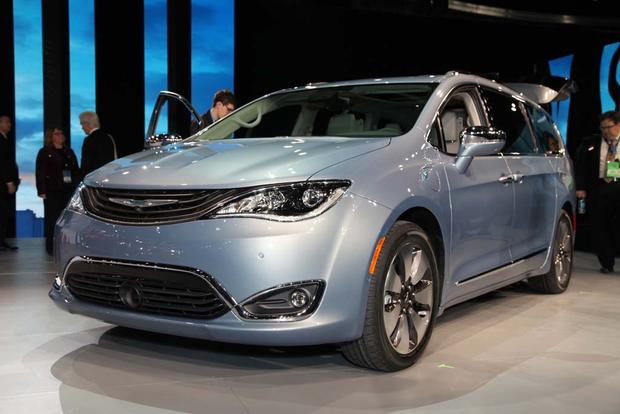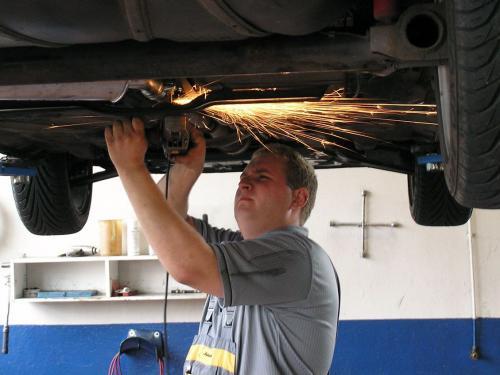-
2018 Buick Enclave “Avenir” will have ionic air purifier - April 12, 2017
-
Lease a Luxury Car for Less Than You Think - April 5, 2017
-
Shopping for a Car When Your Credit is Low - March 31, 2017
-
Aston Martin Closer to Unveiling Second-Generation Vantage - March 21, 2017
-
2017 Bentley Bentayga SUV: Offroad for $238,000 and Up - March 14, 2017
-
Pagani Huayra is Finally Here, Only $2.4M - March 9, 2017
-
Mercedes AMG E63 – For When Your Wagon Needs Drift - February 6, 2017
-
2018 Audi Q5 SUV: Enhanced Performance - January 30, 2017
-
2018 Toyota Camry Due in Late Summer - January 27, 2017
-
2018 Dodge Challenger SRT Demon Will Outstrip Hellcat - January 23, 2017
Repairing an Old Car Isn’t Always a Smart Financial Move
In an effort to pinch pennies, many consumers are keeping their old cars rather than buying new ones. Usually, this is a smart move, but eventually repairing an old car or truck just doesn’t make sense anymore and a new vehicle is the better financial choice.
“When faced with the decision of whether to invest in the repair of a current vehicle or purchase a newer one, motorists need to consider a number of factors,” said John Nielsen, AAA’s director of Approved Auto Repair and Auto Buying.
Cost is the most important factor. A large repair like an engine or transmission could cost you thousands, according to AAA, and even small repairs like a starter or alternator often cost as much as a monthly car loan payment.
AAA says that when the cost of a repair approaches 50% of the value of a vehicle, it is time to start seriously considering a new car.
AAA also points out that many drivers just don’t want to repair an old car because at the end of the day, after you’ve poured thousands of dollars into it, it will still be old. Many people would just as soon trade in that clunker and take out a new car loan as repair it. All new cars come with warranties, so the cost of any repairs will be included in your car loan payment.
AAA warns that if you’re upside down on your current car loan, getting a new one might not be the best choice. Many finance companies won’t finance negative equity from a trade-in, and even if you find a lender who will, it isn’t a smart financial move. If you add negative equity from a previous car loan in while financing a new car, you’re almost guaranteed to be upside down on your new loan for a very long time.
Before you shell out thousands for a repair on your old car, consider whether that money might serve you better as a down payment on a new car loan.
















